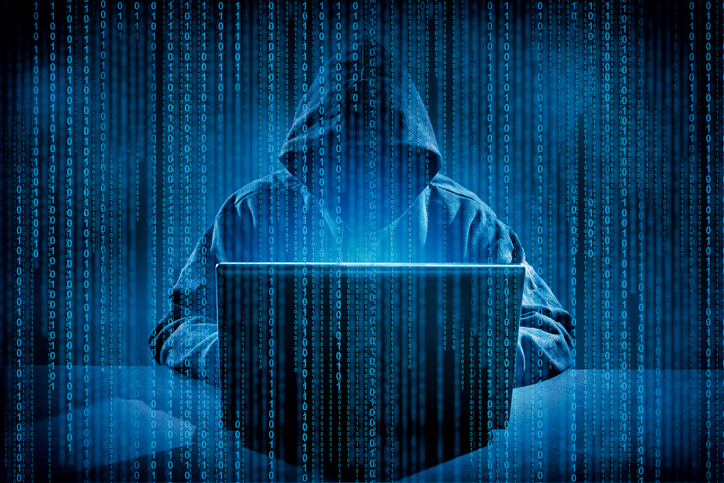The federal officials have asked the banks—which include Bank of America Corp., Citigroup Inc., JPMorgan Chase & Co. and Wells Fargo & Co.—to monitor traffic from hackers who appear to be searching for weaknesses in the firms’ networks, these people said. The officials have warned banks to be on high alert for potential cybersecurity breaches.
Financial institutions are attractive targets to hackers because of their wealth of sensitive consumer information. Moreover, a successful attack on a financial institution has the potential to cause market turmoil.
Concerns about cybersecurity at companies and in the government have taken on increased urgency amid high-profile breaches. U.S. intelligence agencies have accused Russian hackers of targeting U.S. voting systems in 2016. On Friday, Facebook Inc. said it discovered a security flaw allowing outsiders to gain access to nearly 50 million user accounts. Last year’s Equifax Inc. hack led many Americans to freeze their credit to prevent thieves from opening credit-card accounts or other loans in their names.
Cyberrisk warnings from the Treasury have become more prevalent in recent weeks, some of the people said. Within the Treasury, the Office of Critical Infrastructure Protection and Compliance Policy works with financial firms to share information about cybersecurity and other threats.
Messages about the government warnings have also been shared among member banks of the Financial Services Information Sharing and Analysis Center, a financial-industry organization for cyber and physical threat intelligence, people familiar with the notices said.
A spokeswoman for FS-ISAC said the finance industry remains vigilant against potential attacks and there has been “no heightened increase of cyberthreats to the financial services sector.”
The White House recently announced its intent to appoint Wells Fargo’s chief information security officer to an advisory council focusing on the security of infrastructure and information systems, including cyber.
U.S. officials have long acknowledged they remain fearful of—and find it hard to prepare for—the potential confidence effect of an attack on financial data. Banks for years have worried about hackers destroying or locking data, which could leave a bank unable to operate for a certain time and could block consumers from accessing their accounts.
Banks in the U.S. have been doing more to protect themselves from cyberattacks. In 2016 they launched a doomsday project to help prevent a run on the financial system, should one of them suffer a debilitating cyberattack. The project, named Sheltered Harbor and backed by FS-ISAC, has required banks and credit unions to individually back up data so it can be used by other firms to serve customers of a disabled bank.
In 2015, the Treasury ran an exercise with FS-ISAC members known as the Hamilton Series to coordinate industrywide rapid-response capabilities in the event of a debilitating cyberattack. They found that data disruptions at even small banks could shatter confidence in the system.













